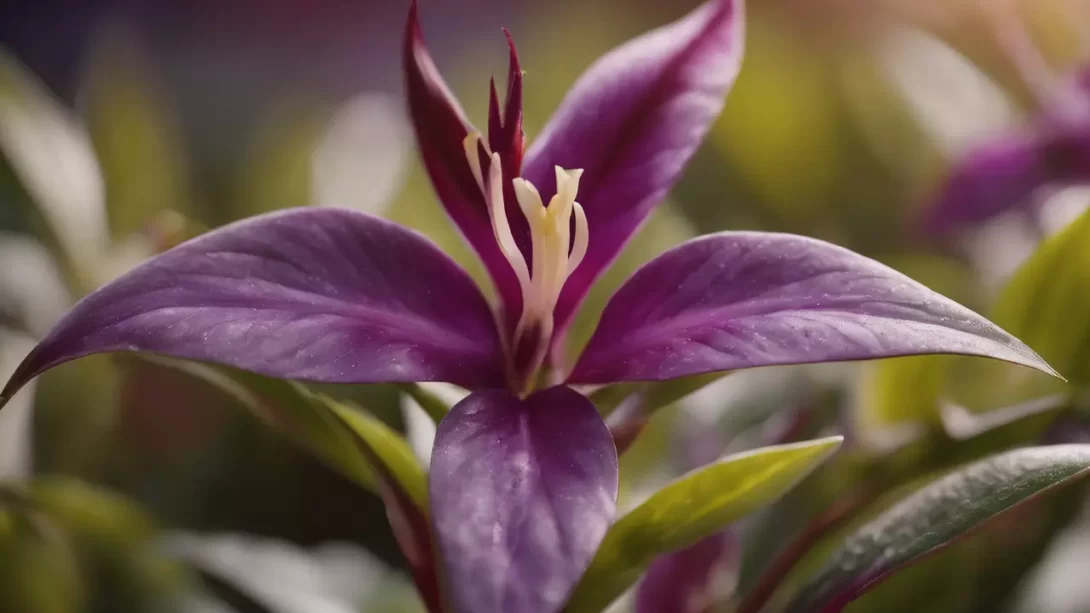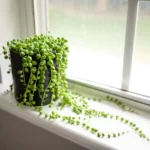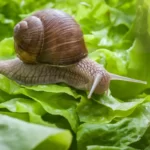The Wandering Jew plant, a favorite among indoor gardening enthusiasts, is known for its striking foliage and ease of care. A common question that arises with these plants is whether they can thrive indefinitely in a water-based environment, without the need for soil. This article delves into the concept of hydroponic growth for Wandering Jew plants, exploring the viability of sustaining them solely in water.
Wandering Jew Plant
The Wandering Jew plant, scientifically known as Tradescantia, is characterized by its lush, colorful leaves and fast-growing nature. It is typically grown in well-draining soil and is known for its adaptability and hardiness. These plants are often praised for their ability to root easily from cuttings, a trait that makes them a popular choice for water propagation methods.
Hydroponic Growth of Wandering Jew Plants
Hydroponics, the practice of growing plants in a water-based, nutrient-rich solution, bypasses the need for soil. The Wandering Jew plant, with its robust rooting system, is well-suited for this kind of growth. In water, the roots of the plant can continue to absorb the necessary nutrients and water, potentially allowing it to live indefinitely without soil. This method of growing plants in water is not only visually appealing but also allows for greater control over the plant’s growing conditions.
Pros and Cons of Water Growth
Growing Wandering Jew plants in water has several advantages. It reduces the risk of soil-borne diseases and pests, and the clear water environment makes it easier to monitor root health. Additionally, water propagation simplifies plant care, as it eliminates the need for soil maintenance and reduces the frequency of watering.
However, there are challenges to consider. One of the main issues is the lack of nutrients in water compared to soil. Over time, plants grown in water may show signs of nutrient deficiency if not supplemented properly. Additionally, water-grown plants may have weaker root systems, making them more fragile compared to their soil-grown counterparts.
Nutrient Requirements
For Wandering Jew plants to thrive in water indefinitely, they require a consistent supply of essential nutrients. These nutrients, which are naturally found in soil, must be added to the water to maintain plant health. Hydroponic solutions or liquid plant fertilizers can be used for this purpose, but they must be applied at the correct concentration to avoid root burn or nutrient overdose.
It’s crucial to regularly change the water to prevent the buildup of harmful bacteria and to replenish nutrients. The frequency of water changes and nutrient addition will depend on factors such as the size of the container, the number of plants, and the growth rate.
Longevity and Health in Water
Wandering Jew plants can potentially live and thrive in water for an extended period, but their overall health and longevity depend on proper care. Signs of a healthy water-grown Wandering Jew include vibrant, lush foliage and strong root development. Conversely, yellowing leaves, stunted growth, or weak, discolored roots may indicate nutrient deficiencies or water quality issues.
Regular monitoring and maintenance are key to ensuring the long-term health of Wandering Jew plants in water. This includes observing the plant’s growth, maintaining optimal nutrient levels, and ensuring adequate light exposure.
Transitioning to Water
If you’re transitioning a Wandering Jew plant from soil to water, the process should be done carefully to ensure the plant’s health. Start by gently removing as much soil as possible from the roots. Rinse the roots under lukewarm water to remove residual soil. It’s important to be gentle to avoid damaging the roots.
Once the plant is prepared, place it in a container filled with clean water. The container should be large enough to accommodate the root system without crowding it. Initially, it’s advisable to change the water every few days to prevent bacterial growth and to provide fresh nutrients. As the plant adapts, you can gradually increase the duration between water changes.
Tips for Maintaining Plant Health During the Transition
- Monitor the plant closely for the first few weeks to observe how it adapts to the new environment.
- Ensure that the plant receives adequate indirect sunlight; too much direct sun can lead to algae growth in the water.
- Consider adding hydroponic nutrients to the water to provide essential nutrients that the plant was getting from the soil.
Conclusion
Wandering Jew plants can indeed live in water indefinitely, provided they receive the appropriate care and nutrients. This method of growing offers an aesthetically pleasing and low-maintenance alternative to traditional soil gardening. However, it’s crucial to understand the plant’s needs and to be vigilant about water quality and nutrient levels. With the right approach, a Wandering Jew plant can thrive in a water environment, showcasing its vibrant foliage and adding a touch of nature to indoor spaces. Remember, the success of growing any plant in water greatly depends on the attention and care it receives from the gardener.




